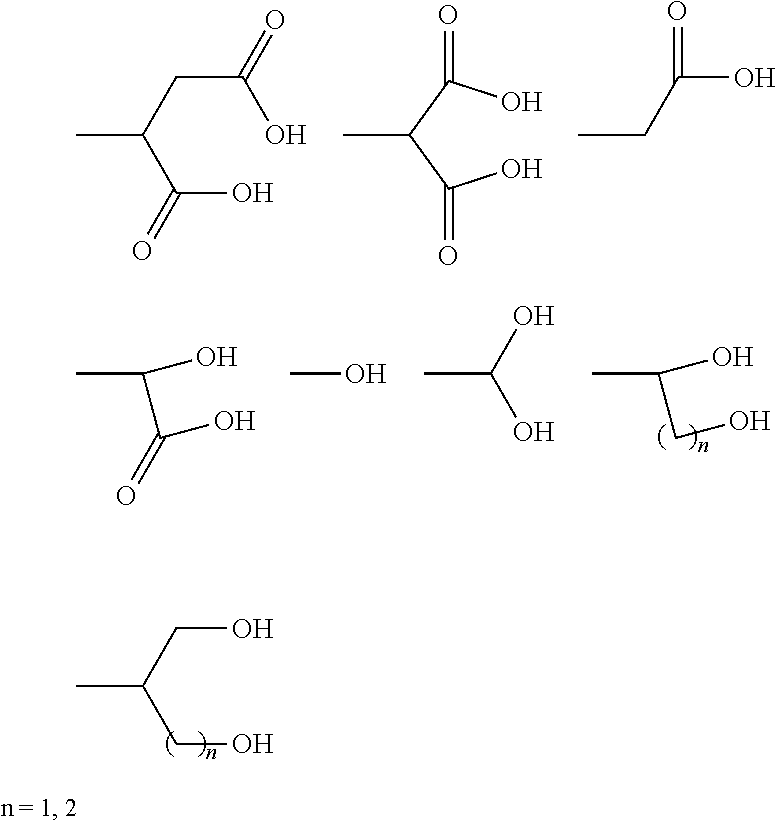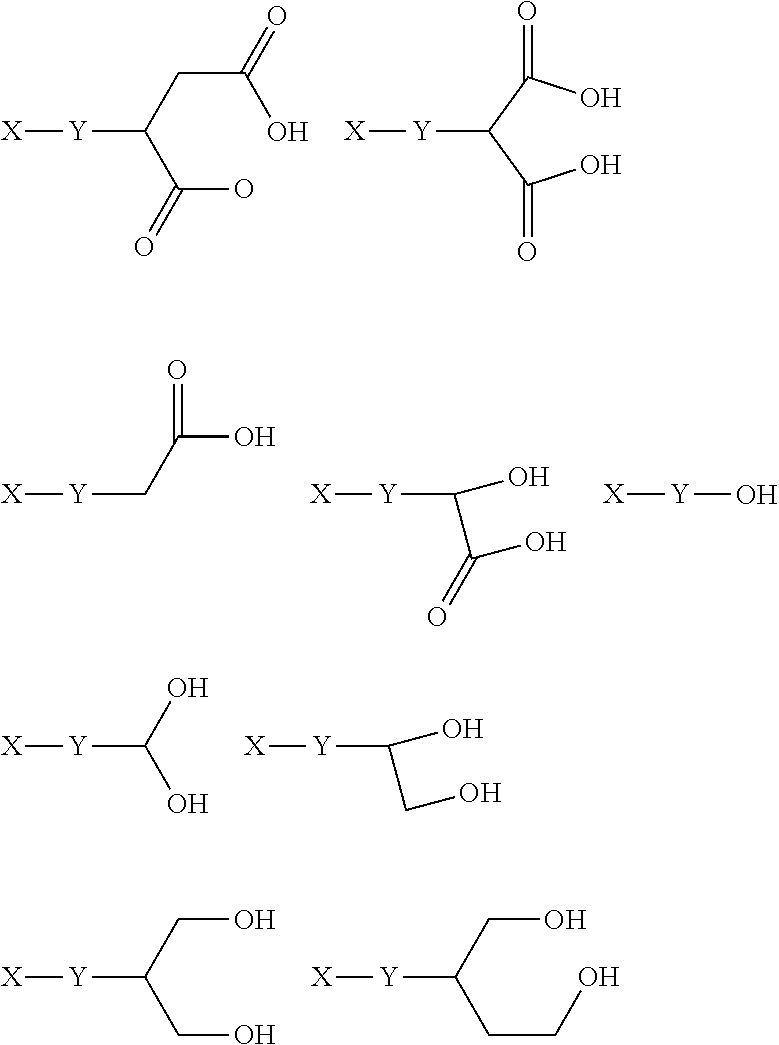Metal complexes having dual histone deacetylase inhibitory and DNA-binding activity
a technology of histone deacetylase and metal complexes, which is applied in the direction of organic chemistry, chemistry apparatus and processes, and platinum organic compounds to achieve enhanced preferential selectivity for cancer cells, and anti-cancer activity
- Summary
- Abstract
- Description
- Claims
- Application Information
AI Technical Summary
Benefits of technology
Problems solved by technology
Method used
Image
Examples
Embodiment Construction
[0152]In this specification, the term “cancer” should be taken to mean a cancer selected from the group consisting of: fibrosarcoma; myxosarcoma; liposarcoma; chondrosarcom; osteogenic sarcoma; chordoma; angiosarcoma; endotheliosarcoma; lymphangiosarcoma; lymphangioendotheliosarcoma; synovioma; mesothelioma; Ewing's tumor; leiomyosarcoma; rhabdomyosarcoma; colon carcinoma; pancreatic cancer; breast cancer; ovarian cancer; prostate cancer; squamous cell carcinoma; basal cell carcinoma; adenocarcinoma; sweat gland carcinoma; sebaceous gland carcinoma; papillary carcinoma; papillary adenocarcinomas; cystadenocarcinoma; medullary carcinoma; bronchogenic carcinoma; renal cell carcinoma; hepatoma; bile duct carcinoma; choriocarcinoma; seminoma; embryonal carcinoma; Wilms' tumor; cervical cancer; uterine cancer; testicular tumor; lung carcinoma; small cell lung carcinoma; bladder carcinoma; epithelial carcinoma; glioma; astrocytoma; medulloblastoma; craniopharyngioma; ependymoma; pinealoma...
PUM
 Login to View More
Login to View More Abstract
Description
Claims
Application Information
 Login to View More
Login to View More - R&D
- Intellectual Property
- Life Sciences
- Materials
- Tech Scout
- Unparalleled Data Quality
- Higher Quality Content
- 60% Fewer Hallucinations
Browse by: Latest US Patents, China's latest patents, Technical Efficacy Thesaurus, Application Domain, Technology Topic, Popular Technical Reports.
© 2025 PatSnap. All rights reserved.Legal|Privacy policy|Modern Slavery Act Transparency Statement|Sitemap|About US| Contact US: help@patsnap.com



